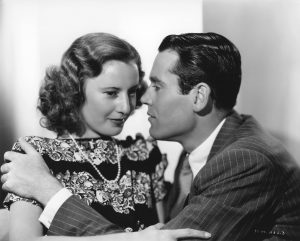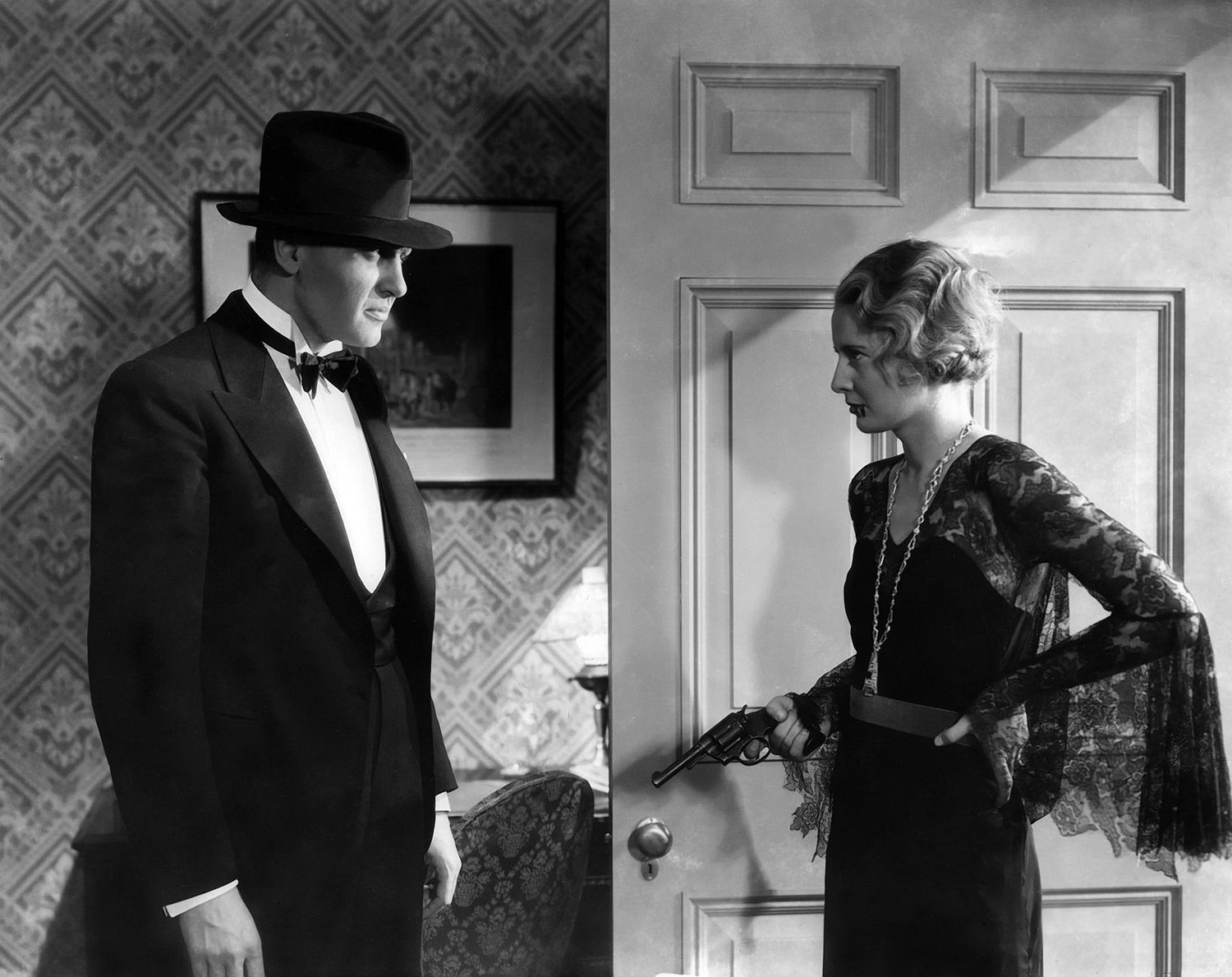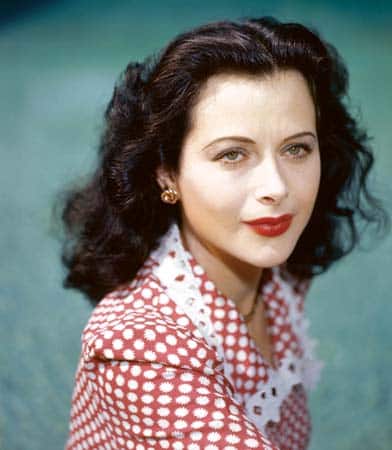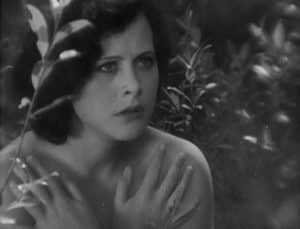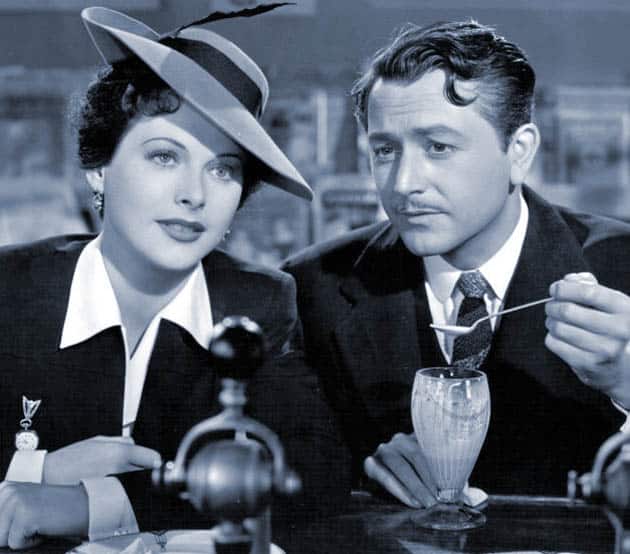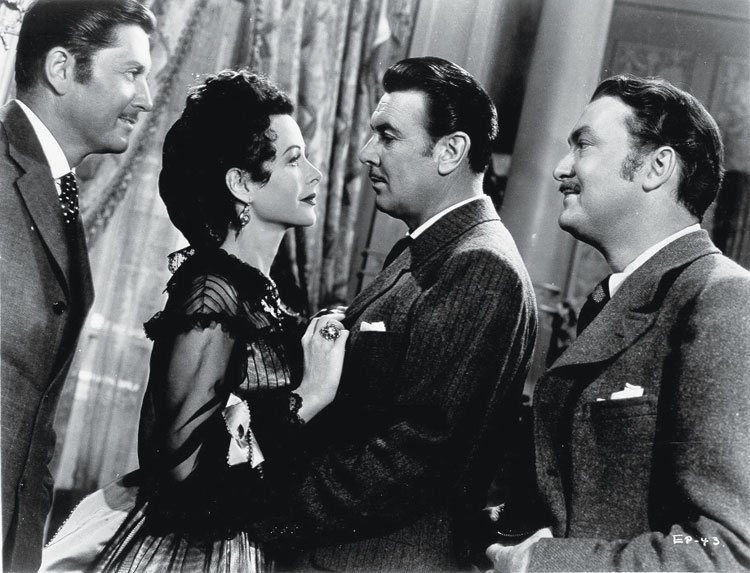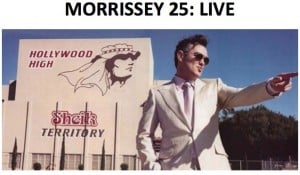Dir.: Adam McKay; Cast: Christian Bale, Amy Adams, Sam Rockwell, Steve Carrell, Alisa Pill, Lilly Rabe; USA 2018, 132 min.
Writer/director Adam McKay (Talladega Nights, The Big Short) amply demonstrates the banality of evil in this glowing satire, worthy of a Jonathan Swift or Molière. Vice is a bio-pic about Dick Cheney, former US Secretary of Defence in the Cabinet of George H. Bush and Vice President under his son George W. Bush. Above all else, it’s a portrait of a man who made the most of his limited qualities, using his “Everyman” persona to grossly misuse power by deceit, helping to lay the ideological foundation for the current USA administration.
We meet Dick Cheney – an extraordinary Christian Bale, who put on 45 kgs to morph into Cheney – in 1963’s Wyoming, where he is arrested, for the second time, for DUI; an offence he shared with the younger Bush. Cheney, a Yale dropout, was also a drunken layabout who had to be reminded by his wife Lynne (Adams) that he resembled her drunken and abusive father, not the responsible husband she thought she had married.
At least Cheney managed to avoid being drafted into the Vietnam War (like Bush the younger), accumulating five deferrals, based on sub-par academic achievements, and getting married and having children at the right time. When Dick joined the Nixon administration in 1969 as an Intern, he fell under the spell of Donald Rumsfield (a commanding Carrell), who taught him the President’s dirty tricks. Cheney himself was a Congressman for Wyoming from 1979-1989, a seat his daughter Lynne jr. (Rabe), holds today. He became one of the leaders of the Republican Party in the House, and got the attention of George H. Bush, for whom he served as Secretary of Defence (1989-1993). After Bush’ defeat to Clinton, Cheney left politics for a while, to become CEO of Halliburton, a company specialising in services to the Oil industry. When the Republicans looked for a running mate for George W. Bush (Rockwell), Cheney was asked to select a candidate. He chose himself and the rest, as they say, is history.
It is not a small co-incidence, that Cheney would outdo Rumsfield, when the latter was Secretary of Defence for George W.: Rumsfield asking Dick “do you want to get me sacked, or is it the Bush kid?” Needless to say, that Rumsfield had to go as a scapegoat, because Dick had much more than the ear of George W. By then, after the deception of the Iraq War, Dick Cheney had subverted the cabinet: Condoleezza Rice (National Security Adviser) and General Colin Powell (Secretary of State) were bulldozed by him of towing the line when it came to the invasion. And after the lack of evidence for the “Weapons of mass destruction”, Rumsfield, his former ‘teacher’, was scarified.
There are some highlights, for example the faux-ending after a third of the running time: Mary (Pill), Cheney’s younger daughter, was a self confessed, married lesbian, and whilst Lynne was aghast, Dick was supportive. McKay ‘closing’ his film with end-credits, claiming “that Dick chose his daughter above a political career, and the Cheney family vanished from public life”. Alas, Dick manufactured the Iraq War, which became very profitable for Halliburton, their shares rising by a mere 500%. American soldiers, who were not so apt to be deferred as Cheney, died in their thousands – so did 800 000 Iraqi civilians. McKay shows the couple in bed, declaimed Shakespeare: Macbeth and his Lady.
It is difficult to contemplate a serious, straight portrait of Cheney: whilst his criminal wrong-doings were as countless as they were unpunished, there is nothing extra-ordinary about the man: he did all this, because he could. Neither his ideological orientation nor greed were more than average.
Only McKay’s approach of a permanent subversity makes this bio-pic watchable. This is an anti-hero with very little attributes, but Vice shows him exactly as the little man he is – but like a ‘Contrapunkt’ in music, there is always a funny side to the proceedings – even if the laughter is anything but liberating. DoP Greig Fraser (Foxcatcher) supports the director’s approach with homely images of the couple, and the bloody contrast of newsreels and TV images. He also never denounces Dick and Lynne, they are not shown as buffoons, but ordinary people wanting to better themselves: their house is a shrine to mediocrity, they really care for each other and are rather subdued in their personal affairs: they often shown from behind, always ready to leave the frame, unobtrusive to the last. Vice is the great exception: a major feature made in Hollywood. AS
ON RELEASE FROM 29 JANUARY 2019
https://youtu.be/eTk2N03-m8U


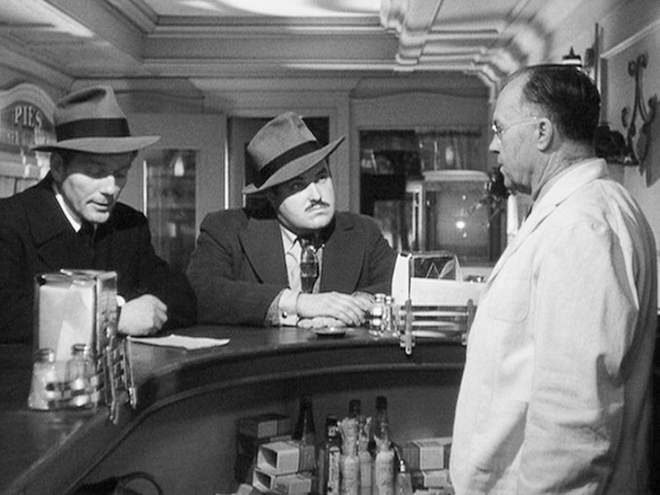
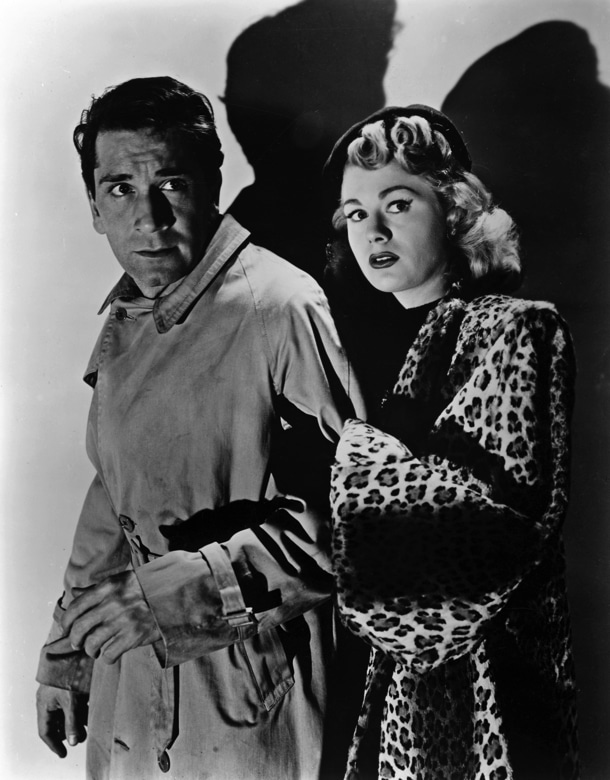
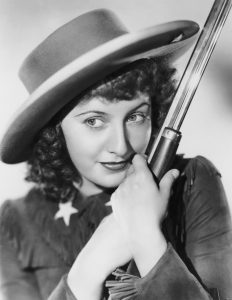 Diva, grande dame and femme fatale, Stanwyck adapted to any genre, be it comedy, melodrama or thriller. Her natural wit and raw emotion was particularly resonant in her Westerns, where she played resourceful, confident women holding their own in a male-dominated world. The BFI are screening 3 examples in March. Her first western Annie Oakley (George Stevens, 1935) was based on the life of ‘Little Miss Sureshot,’ one of the most famous sharpshooters in American history; Stanwyck oozes confidence in her portrayal of the determined and spirited protagonist. Cecil B. DeMille brought a characteristically epic sense of scale to the western with Union Pacific (1939), about the construction of the First Transcontinental Railroad. Mixed in with the historical elements is a love triangle between a troubleshooter, a gambler, and a train engineer’s daughter played by Stanwyck. The director was mesmerised by her performance, and she became one of his favourite stars. In Forty Guns (Samuel Fuller, 1957), a late-career highlight for Stanwyck, she portrays a wealthy landowner exerting influence over an Arizonian township by commanding a staff of 40 men. Beautifully shot and packed with psychosexual subtext and directed with bravura, Samuel Fuller’s western influenced a generation of filmmakers, including Godard.
Diva, grande dame and femme fatale, Stanwyck adapted to any genre, be it comedy, melodrama or thriller. Her natural wit and raw emotion was particularly resonant in her Westerns, where she played resourceful, confident women holding their own in a male-dominated world. The BFI are screening 3 examples in March. Her first western Annie Oakley (George Stevens, 1935) was based on the life of ‘Little Miss Sureshot,’ one of the most famous sharpshooters in American history; Stanwyck oozes confidence in her portrayal of the determined and spirited protagonist. Cecil B. DeMille brought a characteristically epic sense of scale to the western with Union Pacific (1939), about the construction of the First Transcontinental Railroad. Mixed in with the historical elements is a love triangle between a troubleshooter, a gambler, and a train engineer’s daughter played by Stanwyck. The director was mesmerised by her performance, and she became one of his favourite stars. In Forty Guns (Samuel Fuller, 1957), a late-career highlight for Stanwyck, she portrays a wealthy landowner exerting influence over an Arizonian township by commanding a staff of 40 men. Beautifully shot and packed with psychosexual subtext and directed with bravura, Samuel Fuller’s western influenced a generation of filmmakers, including Godard.